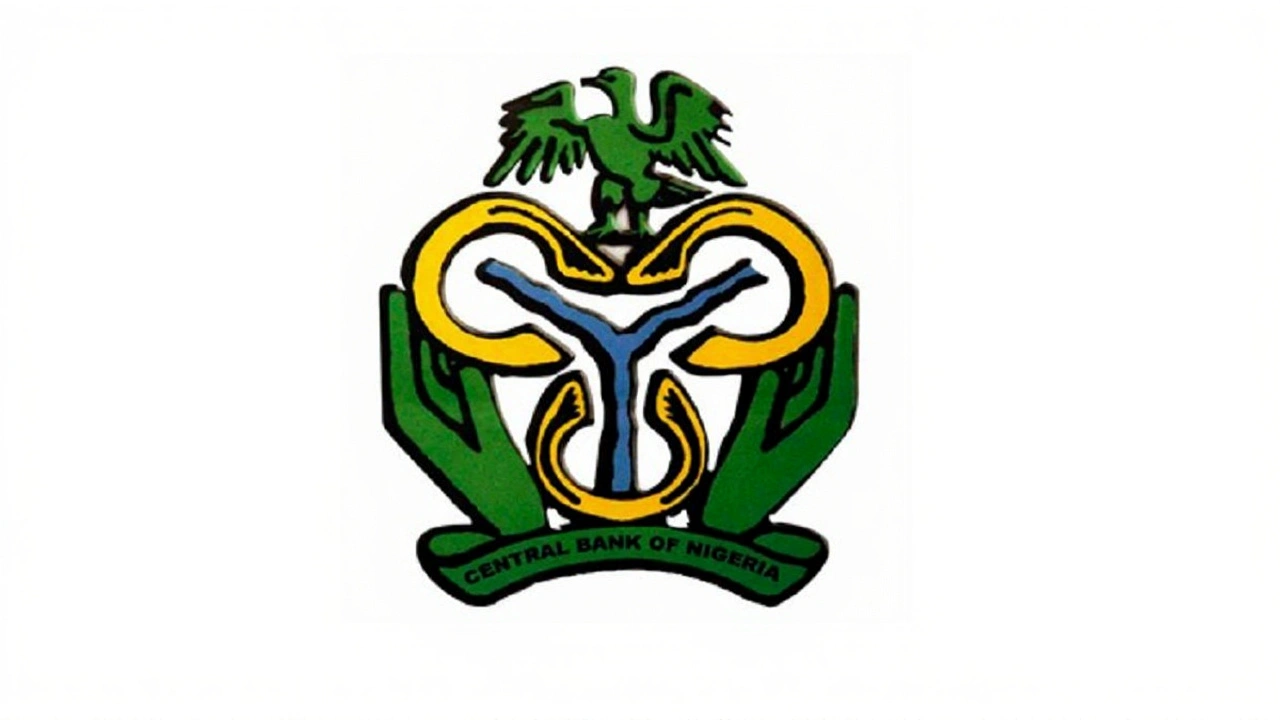Fixed Income Market Overview – What Investors Need to Know
When navigating fixed income market, the part of finance where returns come from regular interest payments rather than speculative price swings. Also known as bond market, it fixed income market includes a wide range of debt instruments and requires close monitoring of macro‑economic signals. One core instrument is the bond, a loan‑like security that pays a fixed or floating coupon to the holder until maturity. The performance of any bond hinges on interest rates, the cost of borrowing set by central banks and reflected in market yields, because rates dictate the discount applied to future cash flows. Meanwhile, a credit rating, an assessment of a borrower’s ability to meet debt obligations, typically issued by agencies like S&P or Moody’s can swing a bond’s price dramatically; higher ratings usually lower yields, while a downgrade pushes yields up. These three entities together shape the yield curve, the graphical representation of yields across different maturities, showing investor expectations for future rates. In short, the fixed income market encompasses bonds, is driven by interest rate moves, and is heavily influenced by credit ratings, all reflected on the yield curve.
Key Segments and Drivers
Beyond generic government securities, the market splits into sovereign debt, corporate bonds, and emerging‑market issuances. Sovereign debt lets countries fund deficits, while corporate bonds let companies raise capital for expansion or refinancing. Emerging‑market bonds add a layer of currency risk and often higher yields, attracting investors hunting extra return. All these issuances sit under the broader umbrella of the fixed income market and react to monetary policy shifts—when central banks cut rates, bond prices rise, and vice‑versa. Investors—from pension funds to retail traders—watch the credit rating outlook and interest‑rate forecasts to balance risk and reward. A tightening stance by a central bank may compress spreads, making high‑quality bonds more appealing, whereas an easing environment can lift yields on riskier issues, opening opportunities for higher‑yield investors.
Our curated list of articles below digs into recent moves in African sovereign debt, examines how new credit‑rating frameworks affect corporate bond pricing, and breaks down the latest yield‑curve signals for the continent’s fixed income market. Whether you’re a seasoned portfolio manager or just starting to explore bond investing, you’ll find practical insights, data‑driven analysis, and actionable takeaways that tie directly back to the entities we just covered. Dive in to see how the pieces fit together and what they mean for your next investment decision.

